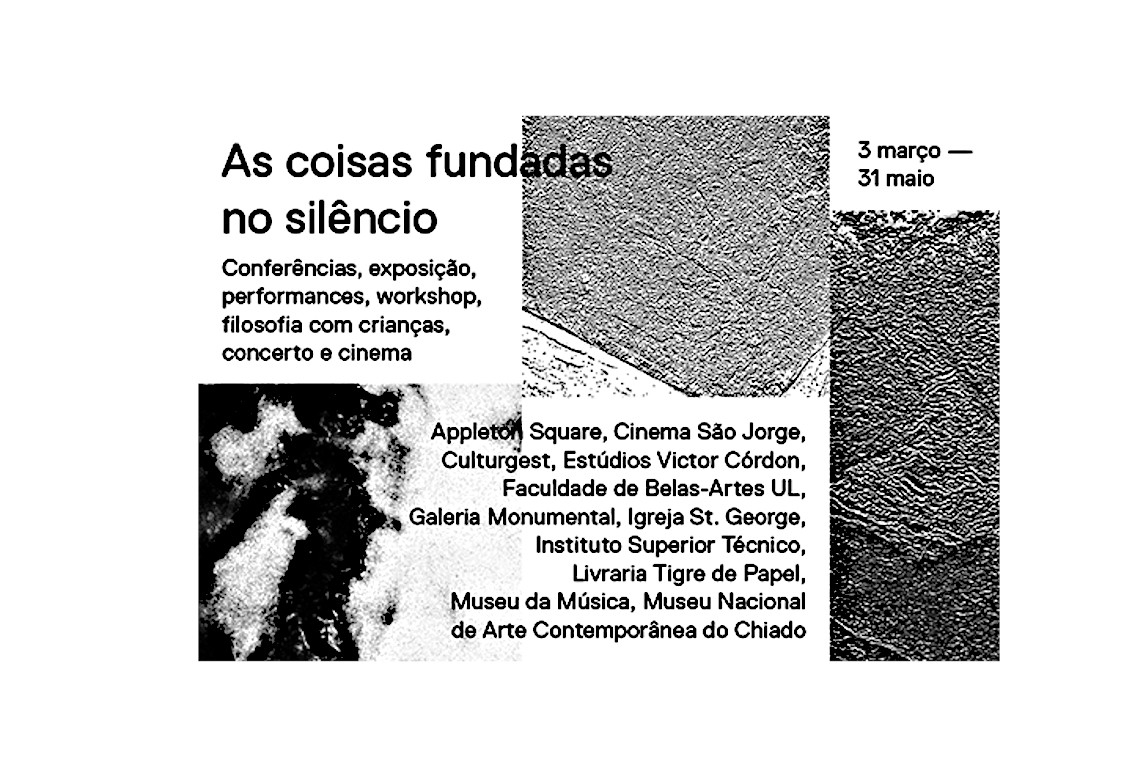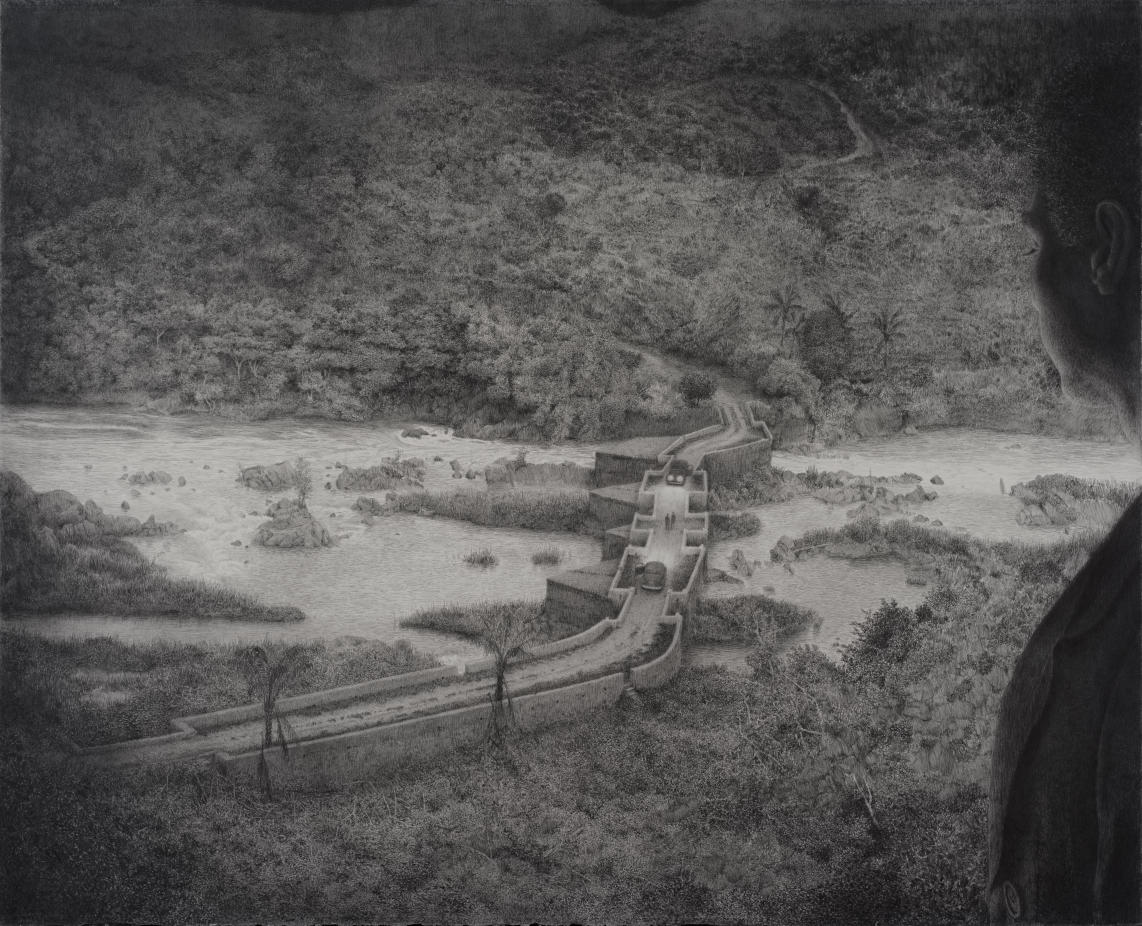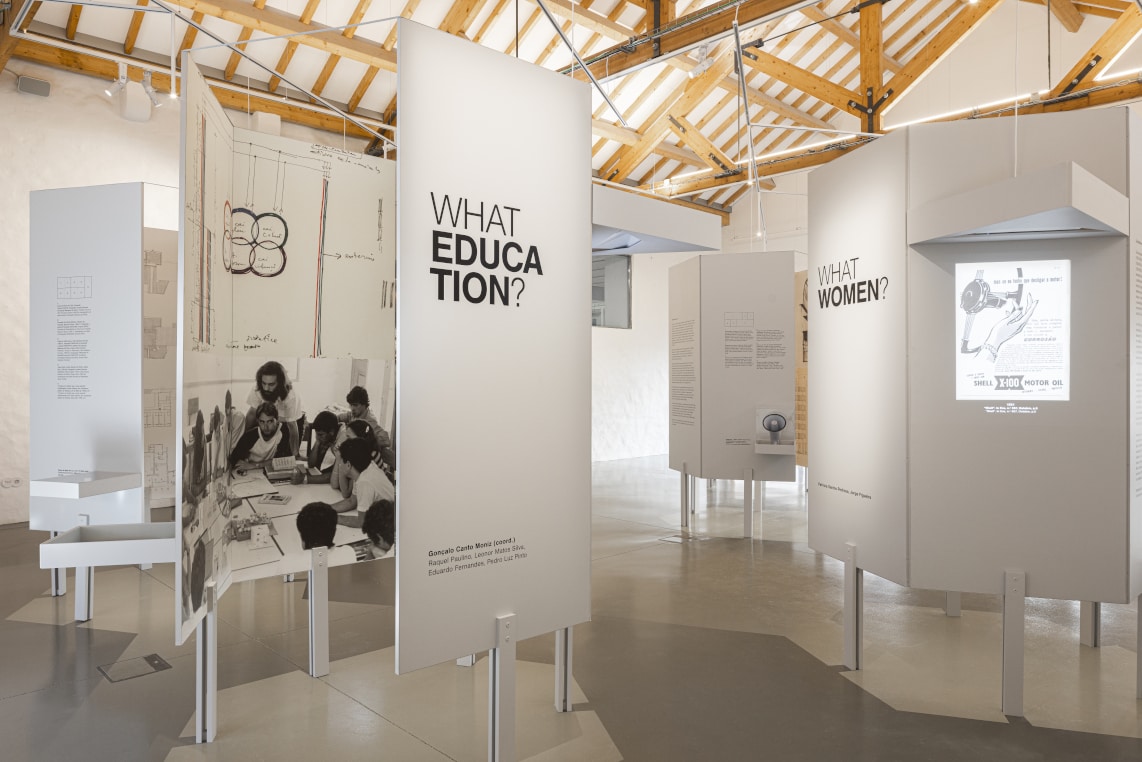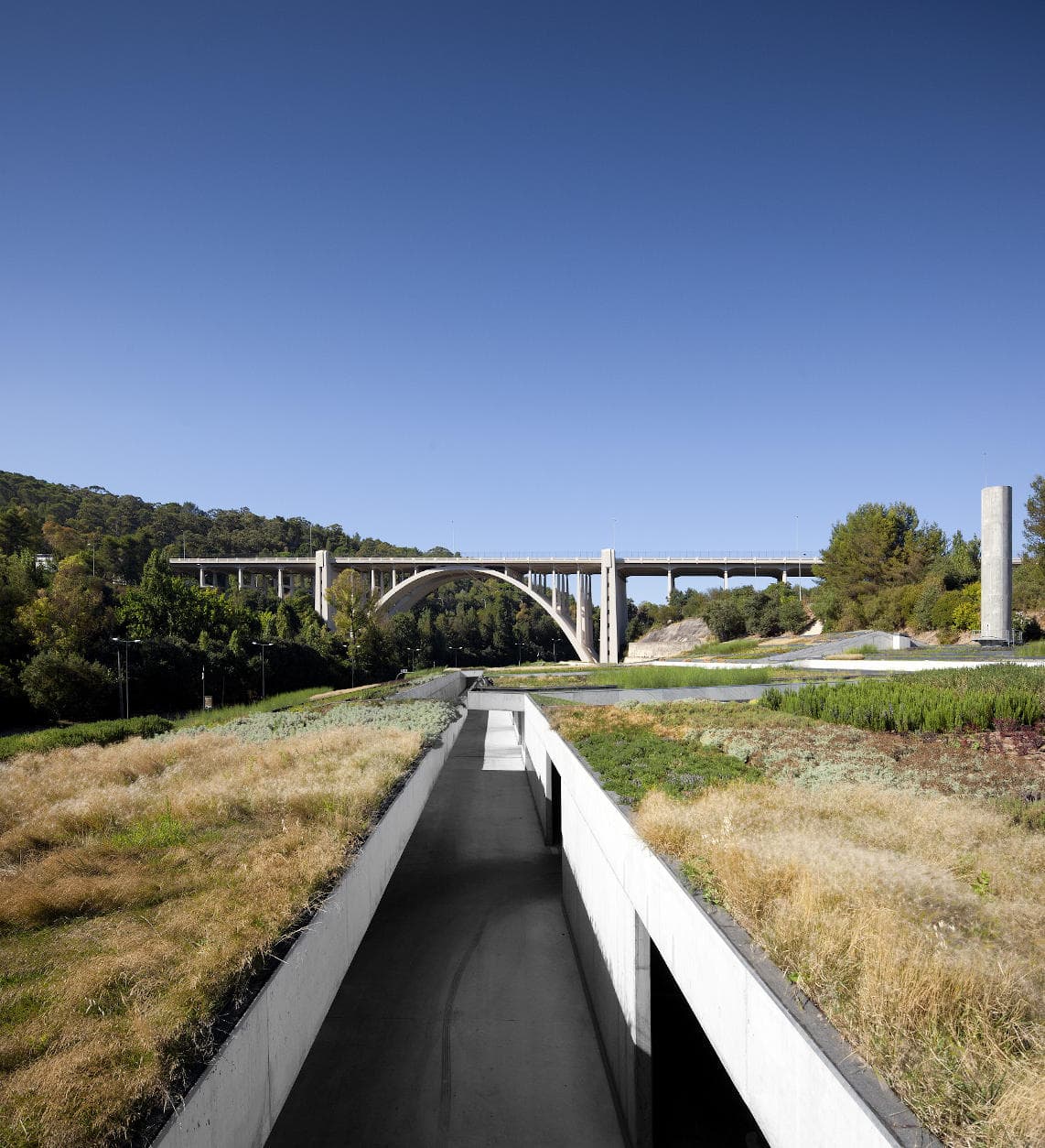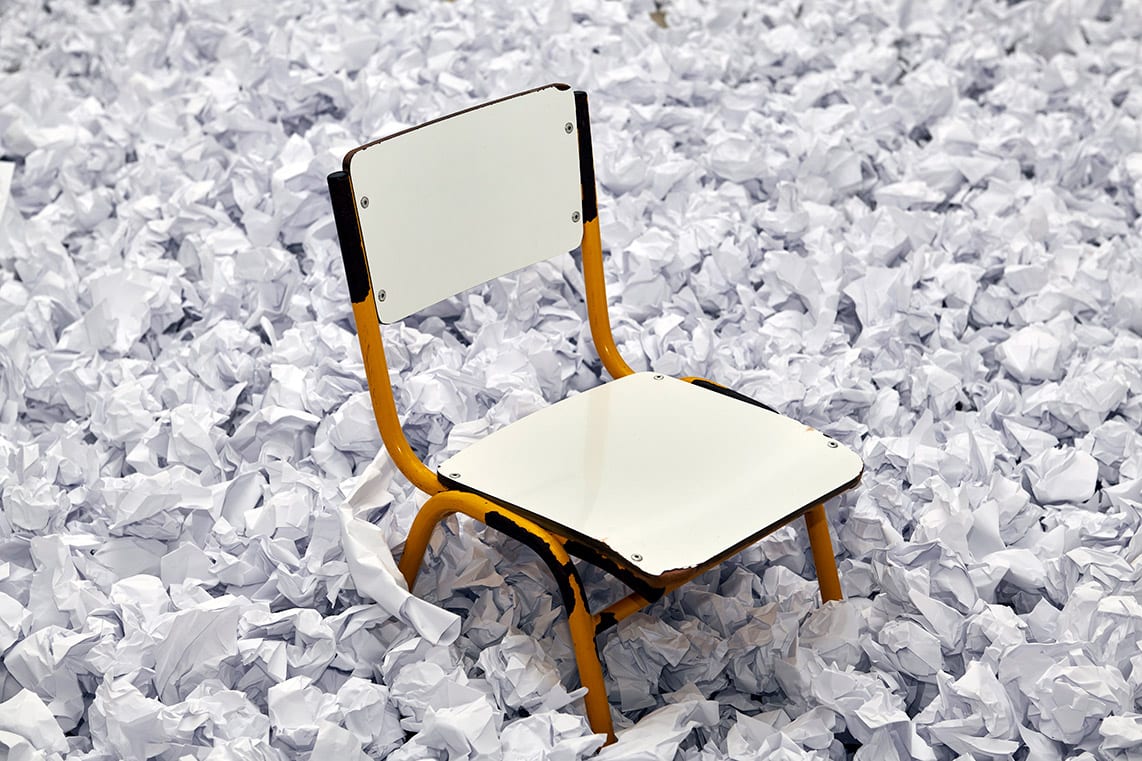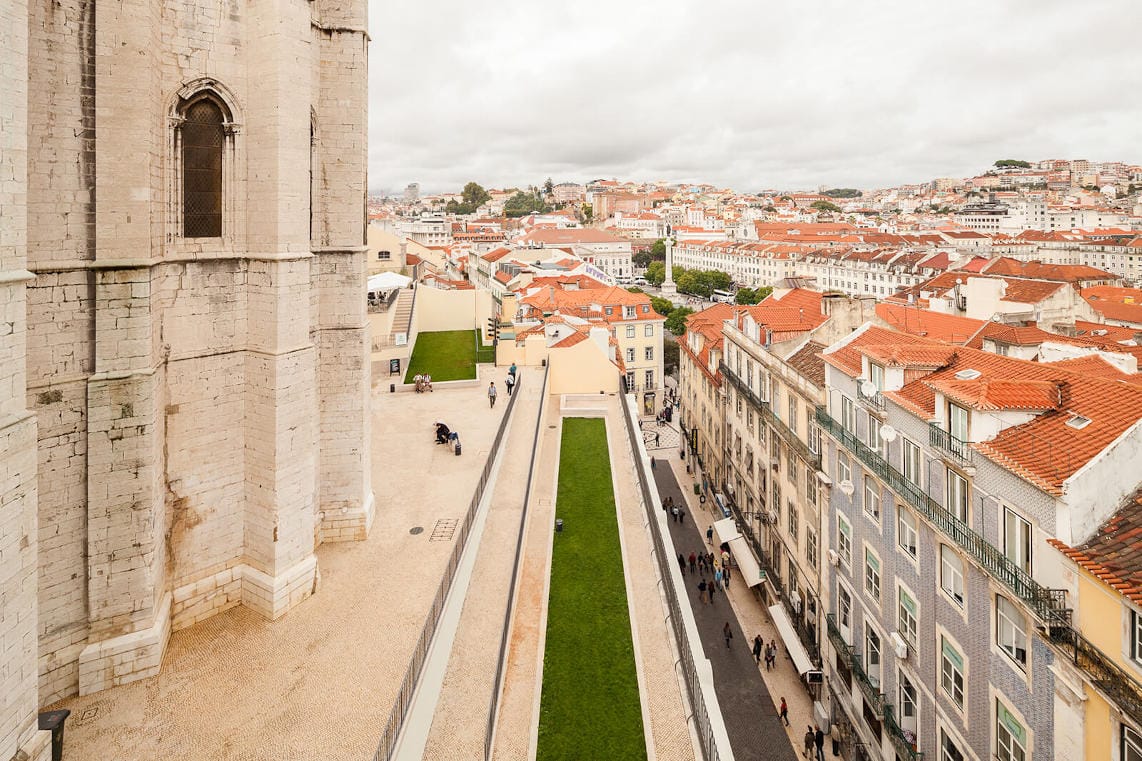Pedro Cabrita Reis is one of the Portuguese artists who best theorizes his work. To hear him speak is like being in an art history class; it is to know many of the avant-garde moments; it is to question many “safe places” and to realize that there is always room for new challenges at the boundaries of those disciplines. He declares himself “simply” as Cabrita in the exhibition A Roving Gaze, designed for the Serralves Museum. In the exhibition, we have the feeling that he is giving us one of his brilliant “lessons”, where simplicity is in the form given to the complex and rich content.
Over the twenty years since he first exhibited at this important museum of contemporary art in Portugal, the artist has gone through several phases. He has shown that he knows how to break with the status quo, but also revisits the past. He has created many works attested by those who draw by sculpting, paint by photographing or build space by painting. Cabrita knows all the cards, but we never know how he will shuffle them. We’ are not even sure if they will be whole or shattered. But, over time, he has made sure that his work will come out surprisingly complete.
In this exhibition, more than his restless gaze, we notice that Pedro Cabrita Reis has the right perspective on his role in contemporary art, on the questions and answers he has given us along the way, and on the provocations he has in the challenges of exhibiting in a museum today. We have the feeling that he leaves no stone unturned. Among mottoes and questions, the materials he has used in his work and time-based testimonies, the ability to map this information, without falling into the redundant chronology or historiography about himself, is where his interesting poetics lie.
In a total installation, which encompasses several rooms of the museum, do we see an archive or a new manifesto? Between the natural and the artificial, life and death, light and shadow, portrayal and speculation, the structures presented by the artist are full of ironies, contradictions and many “tongue-in-cheek” moments related to current controversies or eternal discussions, like the notions of “beautiful”.
Knowing how to be daring and accurate is a rare trait. Pedro Cabrita Reis holds that ability. In a maze of information, this is one of the most unusual exhibitions I have ever seen. I got the feeling that this is a coherent retrospective based only on new pieces. It is all that the artist has already offered us, besides what he still wants to tell us, while knowing how to rewrite the book remarkably.
The contemporary artist may not master a technique, but he must master erudition. Cabrita is the man/artist who knows the reach of the message of each material, of each thread left on the floor, of each word erased. Between photography, drawing, engraving, painting, sculpture, installation and architecture, where does his work fit in? Any place that can lodge it. When we already hope that everything is off the easel, these are the new metallic easels that make us realize yet again that we continue to feel, in museums, the difficulties when escaping from the canons. Pedro Cabrita Reis continues, above all, to teach us how to think.
Until March 15, we should/must lose and find ourselves in the 100 elements that Cabrita congregates in the Serralves Museum.
